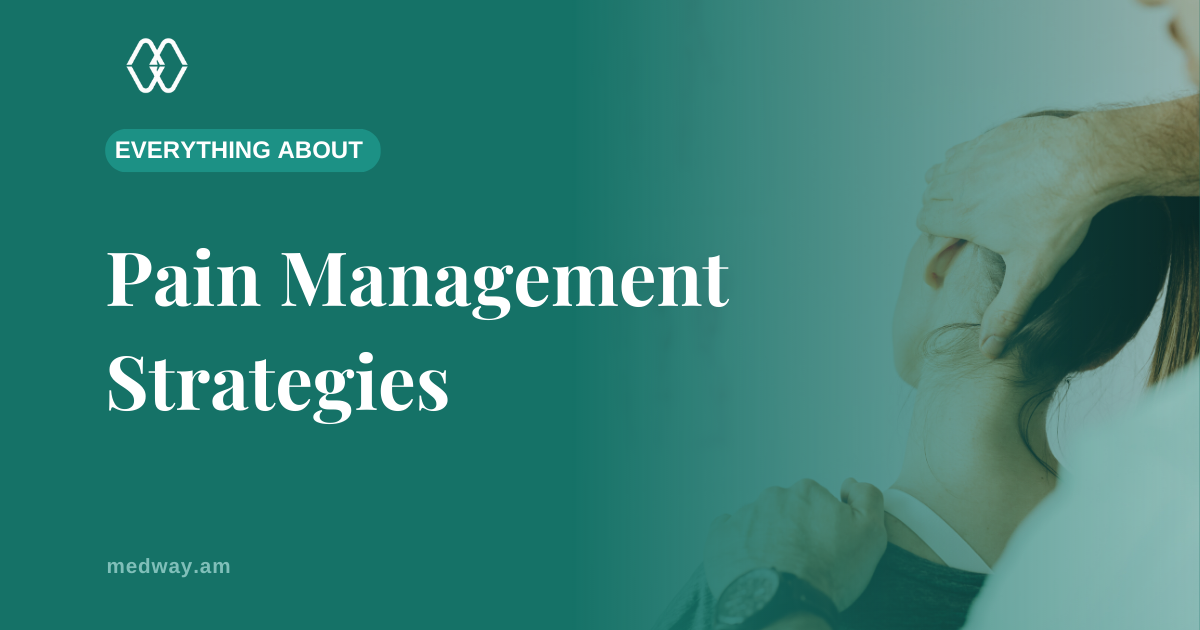
Pain is inevitable and it’s safe to assume that every single one of us has experienced it at some point in our lives, whether it be physical or emotional. Thankfully, there are ways to manage and reduce pain. In this article, we will focus on some common physical pain management methods. But before delving deeper into the details, it’s important to first understand the two main categories that physical pain can fall into:
- Acute Pain: It occurs suddenly and generally lasts for a short period of time. Some examples of acute pain are pain after surgery, dental work, or a broken bone.
- Chronic Pain: It usually lasts longer than anticipated, for at least 3 months, to be more specific. Pain caused by cancer, diabetes, and heart problems is a few examples of chronic pain.
Pain Management Without Medicines:
Below are some proven and effective ways of managing pain without medications:
- Physical Therapy: This works best for reducing acute pain, as it deals with treating injured muscles. It is usually performed after surgery to facilitate mobility and reduce recovery time. Physical therapy is an effective strategy to find the source of the pain, target it, and ultimately eliminate it. According to Jannie C.I. Tsao, those who suffer from lower back pain found massaging an effective form of pain management.
- Hot/Cold Compress: Cold compresses are widely used to reduce muscle pain and swelling, meanwhile warm compresses are used to increase blood circulation in the body. They are also used to relieve muscle contractions and spasms. That being said, if you decide to apply cold or warm compresses, you should follow some general safety tips such as not keeping the compress for more than 20 minutes and applying it in a way not to damage the skin.
- Behavioral Approaches: This approach focuses more on motivational counseling and how your mind interprets pain. This includes meditation, music therapy, breathing techniques, and yoga. The behavioral technique is widely used among health and wellness coaches.
- Herbal or Natural Pain Relievers: For several years, people have been using natural ways to treat themselves. This includes using oils, cloves, and turmeric, and other herbs to treat toothache, backache, diarrhea, among many others. Natural pain relievers have proven to be effective, yet if you’re taking other medications, you should make sure that they don’t interfere with them.
Pain Management With Medicine:
Over-the-counter pain relievers or OTCs for short, are those that are available without any prescription and are usually used to relieve general pain, aches, and itches. OTCs are safe for both children and adults, but with a 6 to 8-hour window in between. Also when it comes to children, the dosage of the OTC depends on the child's weight.
Some of the most common complications that OTCs can help with:
- Muscle pain
- Menstrual pain
- Colds and flu
- Migraines
- Ear infections
- Sprains
- Arthritis
On the other hand, prescription medicine, as the name might imply, can’t be bought without a proper prescription from a doctor, dentist, or nurse. Some examples of prescription medicine are antidepressants, anti-epilepsy drugs, and opioids.
Some complications that prescription pain relievers treat:
- Cancer
- Severe muscle pain
- Severe arthritis
- ADHD
Side Effects of Pain-Relief Medications:
The issue with most pain-relief medication is that the probability of having side effects is high, even if you take them exactly the way it was prescribed by your doctor. That being said, some medicines have way more serious side effects than others, that is why it is important that you contact your doctor once you start noticing any of them. When it comes to pregnancy and prescription medicine, studies have shown that pregnant women should avoid taking NSAIDs or opioids, since they may cause birth defects. Instead, it is recommended to replace it with acetaminophen, which is considered to be way safer.
Common side effects of pain-relief prescription medications:
- Constipation
- Headaches
- Weight gain
- Nausea
- Dry mouth
- Stomach upset
- Rashes
“Do”s and “Don’t”s for Using Pain-Relief Medicines:
- Don’t share your medicine with everyone. It might not be suitable for them.
- Don’t take medications without consulting your doctor.
- Immediately contact your doctor as soon as you start noticing side effects.
- Don’t take more than the prescribed amount.
- Ask your doctor about how and when to stop the medicine.
- Always read the label and Patient Information Leaflet on the back of the box.
To sum up, there are different ways to manage pain, but you should choose the one that your doctor finds most suitable for you. Also, you should consult your doctor if the medications are not helping or causing unexpected side effects. Finally, although OTCs are relatively safer, it’s important that you treat them with caution.